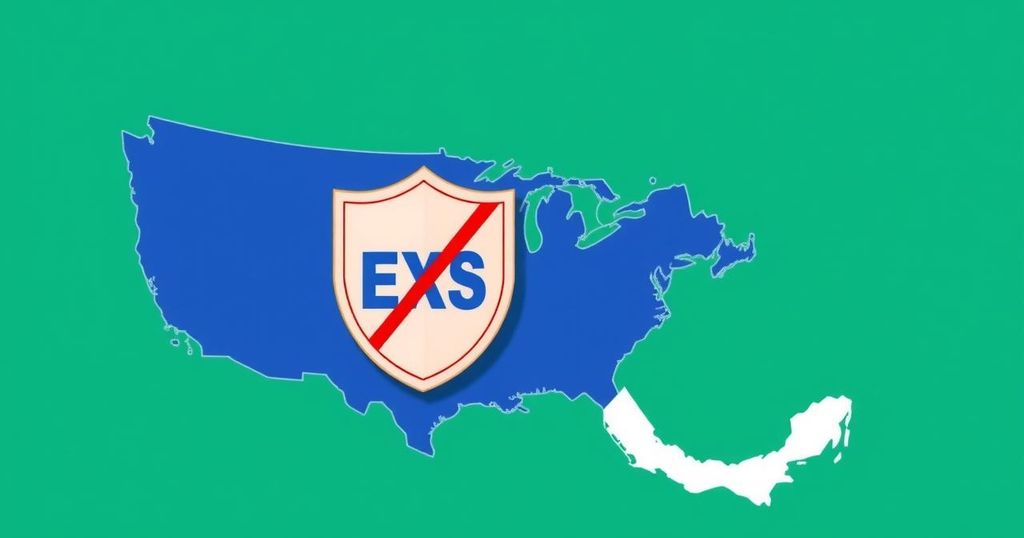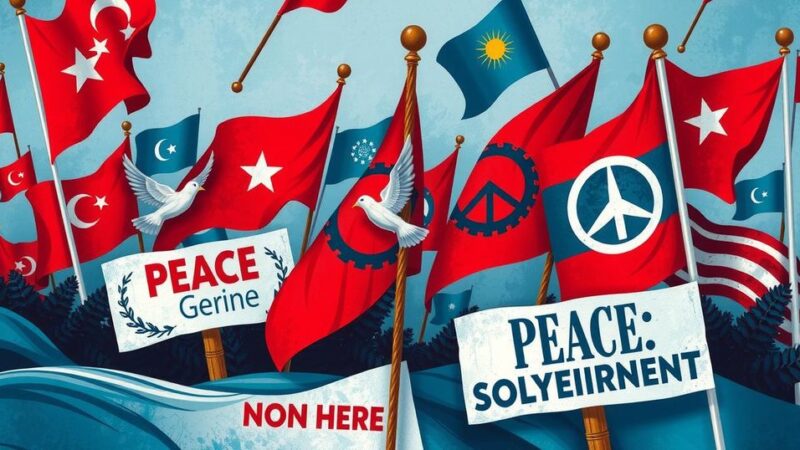On April 2, 2024, President Trump announced reciprocal tariffs affecting multiple countries but exempted Canada and Mexico. Existing tariffs on these nations, combined with protections under the USMCA, allowed them to avoid new charges. However, ongoing tariffs remain, highlighting the complexities of their trade relationships.
On April 2, 2024, U.S. President Donald Trump announced sweeping reciprocal tariffs, claiming that the U.S. has been “looted, pillaged, raped, plundered” by other nations. These tariffs included rates ranging from 10 percent to 45 percent imposed on various countries. However, both Canada and Mexico were exempt from these tariffs, which allowed them to avoid the impending economic burden.
Although Canada and Mexico escaped the new wave of tariffs, they are still subject to existing tariffs. Canada faces a 25 percent tariff on some goods, alongside a 10 percent tariff on Canadian energy and potash. Mexico also has existing tariffs that will continue to affect its trade operations. This situation remains in place as new levies targeting automotive products were set to take effect shortly after.
Both countries benefited from the exemption due to existing tariffs related to fentanyl imports and their participation in the US-Mexico-Canada Agreement (USMCA). Products shipped under the USMCA will continue to be excluded from the new tariffs, providing some relief amid the broader tariff announcements.
In response to the tariffs, Canadian Prime Minister Mark Carney indicated plans to enact counter-measures to protect local workers. Similarly, Mexican President Claudia Sheinbaum is expected to indicate Mexico’s official stance in an upcoming press conference, further reflecting the seriousness of the situation.
Notably, other countries faced varying levels of reciprocal tariffs, such as India (26 percent), the European Union (20 percent), and China (34 percent). Trump’s administration specifically excluded countries already facing sanctions from these tariffs, including Russia, Cuba, Belarus, and North Korea. The significance of these tariffs aligns with Trump’s broader agenda to revise international trade relations, especially during his 2024 election campaign.
Canada and Mexico successfully navigated Donald Trump’s reciprocal tariffs announced on April 2 by leveraging existing tariffs in place and their agreements under the USMCA. While protected from new duties, they still face ongoing tariffs affecting their imports. This situation underscores the complexities of international trade and ongoing negotiations between nations.
Original Source: www.hindustantimes.com






